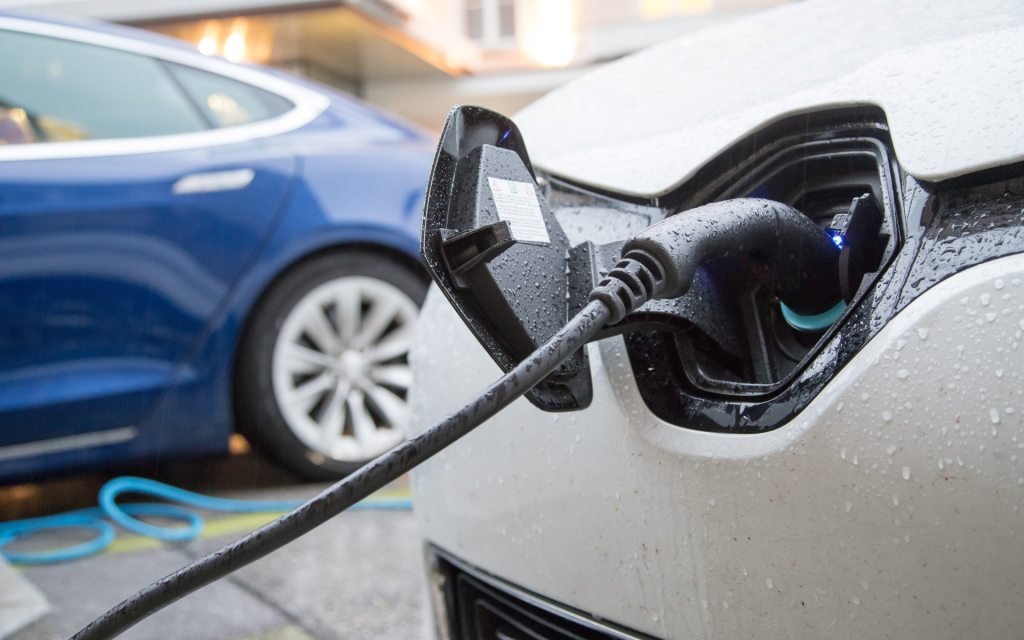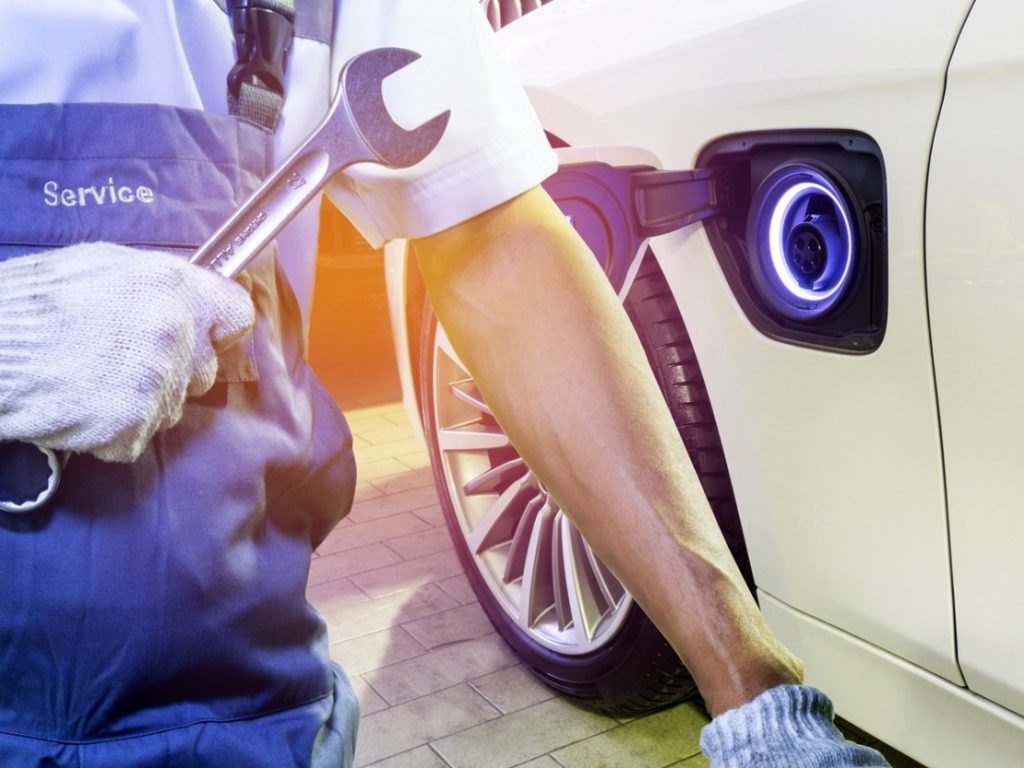With electric vehicles becoming more popular, it is inevitable that misconceptions and myths find their way into people’s minds, although most of the time they are far from the truth. Many people still think they are inaccessible, overly expensive and require a lot of maintenance. We have compiled a list of common myths about EVs that have been deemed incorrect to show you how much they have developed and how much more affordable they have become.
The electricity used to charge EVs comes from burning fossil fuels, so there are still emissions involved.
Although this is partly true, emissions are significantly reduced by using electricity rather than petrol/diesel to power vehicles. Renewable energy sources have increased over time, so a lot more electricity can be generated from these instead.
Some people may argue that the production of EV batteries emits more CO2 than manufacturing an internal combustion engine (ICE) car. However, over their lifetime, electric cars produce up to 3 times less CO2 than their fossil fuel powered counterparts (even when taking into account the manufacturing and disposal of the battery).
Electric cars are much more expensive than petrol and diesel equivalents.
As electric vehicles become more popular, they also become more affordable. The average price of an EV is £44,000, around the same price as a BMW X3 or Land Rover Discovery. There are many EVs that cost even less than that, such as Volkswagen ID.3 (£35,500) or Hyundai Kona (£31,000).
For those new to the world of electric cars, a subscription is a great opportunity to try out a range of vehicles before committing to a specific model. This makes EVs more accessible to people who aren’t familiar with the concept, or still see them as high-end, expensive products- not to mention that charging an EV costs significantly less than paying for petrol/diesel.

EV batteries need to be replaced often.
With electric vehicles becoming the norm, many people are concerned about their batteries going to waste and contributing to pollution at the end of their life. In reality, they can be recycled, and their components can be re-used to make new batteries for future EVs.
The lithium-ion batteries manufactured for EVs last at least 10 years. Their life can be extended by taking care of your car and battery (i.e., not completely depleting the battery, using rapid charging occasionally rather than as your main method of charging).
Electric vehicle range is too short and they take too long to charge.
One common reason people don’t want to switch to EVs is range anxiety, but manufacturers are now able to create cars with long ranges of up to 300 miles. The average person only travels 20 miles in one day, which totals around 600 miles per month, so even an EV with a range of 150 miles only needs to be charged once a week.
Even when your car needs charging, it doesn’t take long! Many can charge up to 150 miles in just half an hour with a fast charger. Although there are over 25,000 public charge points across the UK, charging at home or while at work is still the most common – and cheapest – way of charging; even long-range EVs can charge fully overnight.

EVs cannot be driven or charged in the rain.
Electricity and water are usually not a good mix, so how can an electric car be driven in wet conditions without safety risks? Just like ICE vehicles are safe to drive in the rain, EVs are no different: the battery and other electrical components are shielded. This being said, you should still avoid driving your car in extreme conditions where possible.
When it comes to charging, it seems like a huge risk doing so in the rain, but manufacturers have designed their cars and chargers to be waterproof (including public charging stations). The cars are equipped with an automated system that detect a safe connection between the charging station and the vehicle before charging begins; if anything intervenes, the flow of electricity is interrupted to prevent an electric shock, so EVs are as safe to charge in the rain as in dry conditions.
Electric cars require more maintenance than ICE cars.
Due to the different components that power an EV, they contain a lot fewer moving parts and fluids to change than ICE vehicles: brakes last longer due to less use (thanks to regenerative braking), there is no engine with moving parts (pistons, camshaft etc.), there is no oil to change. Electric vehicle maintenance also works out cheaper in the long-term than ICE car maintenance because there are less parts likely to break or need replacing.
How many of these have you heard before, or didn’t know were myths? Either way, we hope we have managed to change how you see electric vehicles and helped you understand more about how they work!
To find out more, please visit our Browse Cars section, or contact us by sending an email to [email protected].

